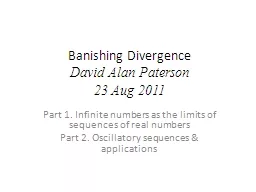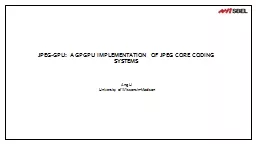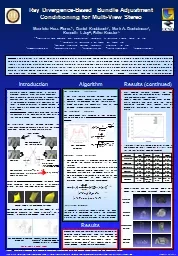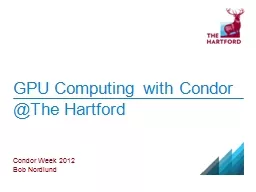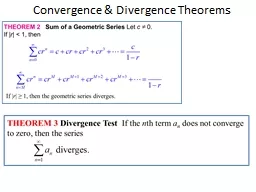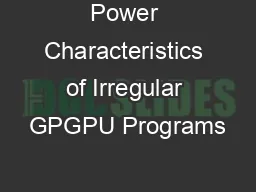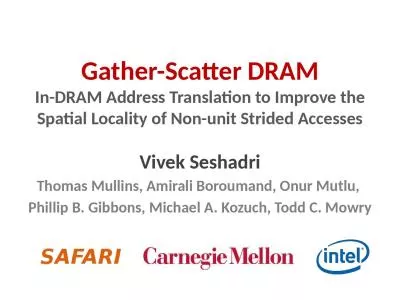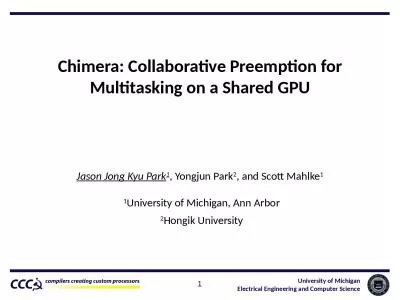PPT-Managing DRAM Latency Divergence in Irregular GPGPU Applications
Author : alexa-scheidler | Published Date : 2018-03-21
Niladrish Chatterjee Mike OConnor Gabriel H Loh Nuwan Jayasena Rajeev Balasubramonian Irregular GPGPU Applications Conventional GPGPU workloads access vector
Presentation Embed Code
Download Presentation
Download Presentation The PPT/PDF document "Managing DRAM Latency Divergence in Irre..." is the property of its rightful owner. Permission is granted to download and print the materials on this website for personal, non-commercial use only, and to display it on your personal computer provided you do not modify the materials and that you retain all copyright notices contained in the materials. By downloading content from our website, you accept the terms of this agreement.
Managing DRAM Latency Divergence in Irregular GPGPU Applications: Transcript
Download Rules Of Document
"Managing DRAM Latency Divergence in Irregular GPGPU Applications"The content belongs to its owner. You may download and print it for personal use, without modification, and keep all copyright notices. By downloading, you agree to these terms.
Related Documents


